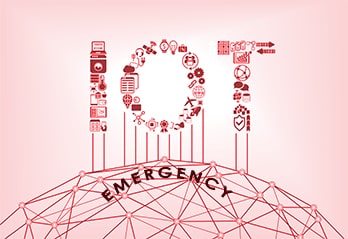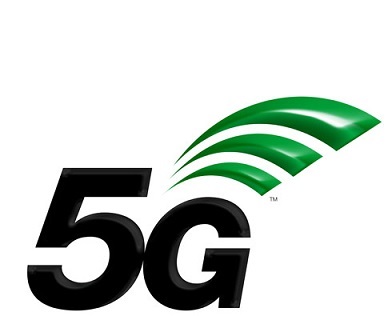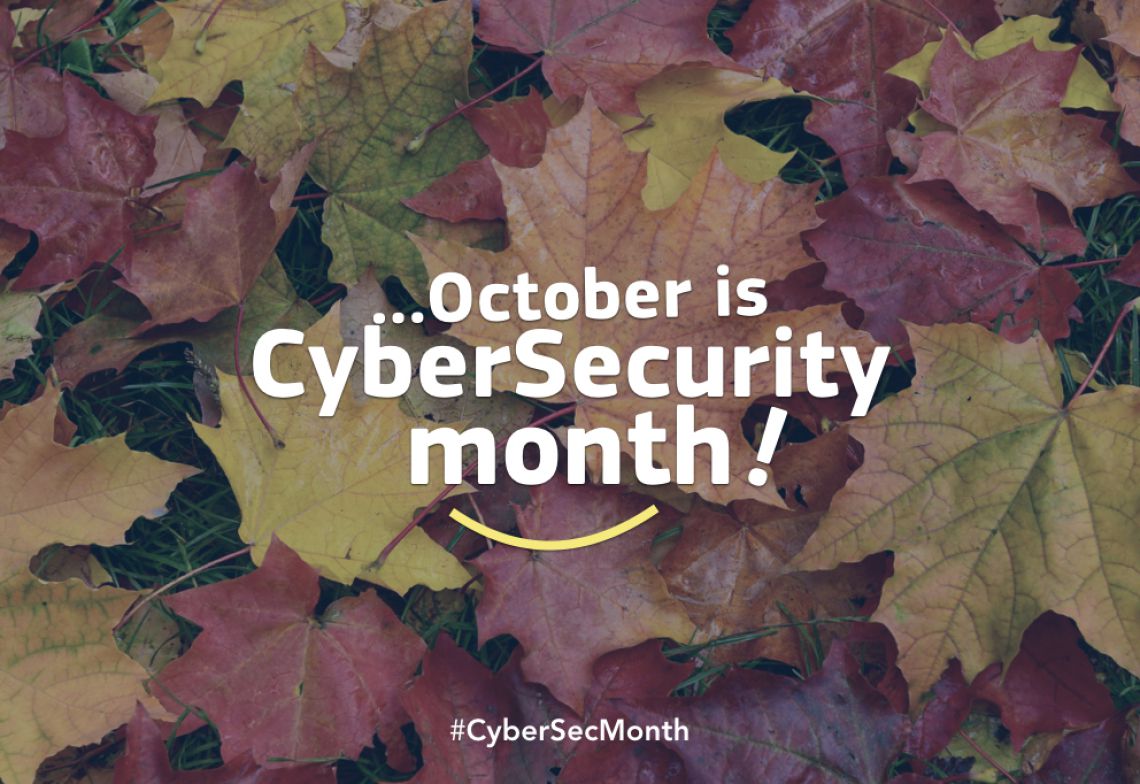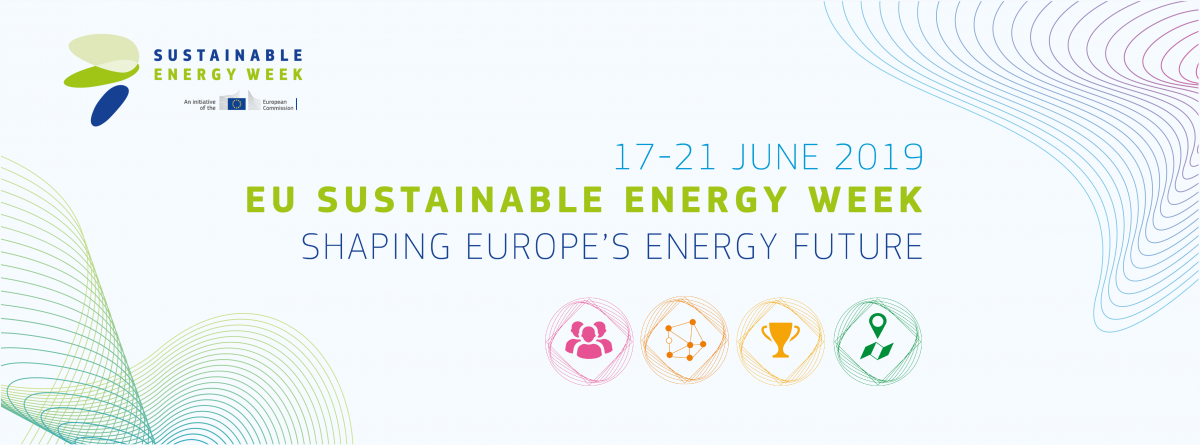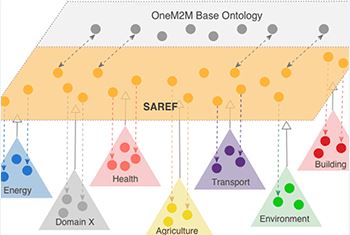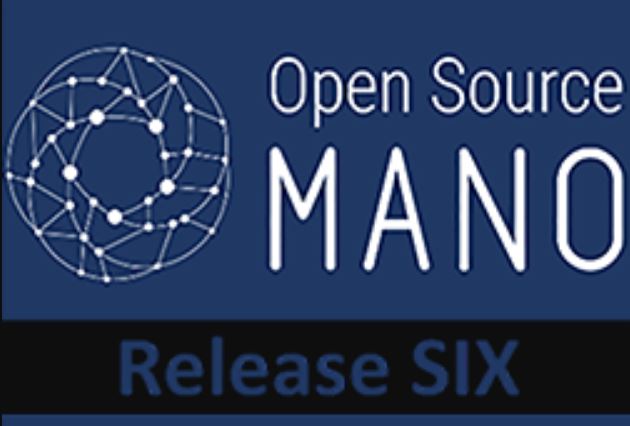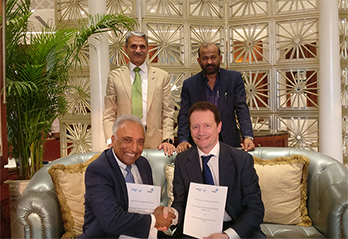Following the Commission Recommendation for a common European approach to the security of 5G networks, 24 EU Member States have now completed the first step and submitted national risk assessments. These assessments will feed into the next phase, a EU-wide risk assessment which will be completed by 1 October.
National risk assessments include an overview of:
- the main threats and actors affecting 5G networks;
- the degree of sensitivity of 5G network components and functions as well as other assets; and
- various types of vulnerabilities, including both technical ones and other types of vulnerabilities, such as those potentially arising from the 5G supply chain.
In addition, the work on national risk assessments involved a range of responsible actors in the Member States, including cybersecurity and telecommunication authorities and security and intelligence services, strengthening their cooperation and coordination.
The ETSI Special Committee EMTEL (emergency communications) has released a report, ETSI TR 103 582, studying use cases and communications involving IoT devices in the provision of emergency situations. This report also provides recommendations on standardization requirements that could enhance the safety of these communications.
This report considers communications involving IoT devices in all types of emergency situations, such as emergency calling, mission critical communications, Public Warning System communications and adds a new emergency communications domain identified as automated emergency response, where IoT devices can act after receiving a trigger to prevent hazardous situations.
ETSI’s industry specification group for Network Function Virtualisation (ETSI NFV) has enhanced the system as well as designed new features to support 5G networks. ETSI NFV has added 5G resource management and orchestration aspects on top of the NFV Release 2 architecture framework.
New NFV Release 3 features that closely relate to 5G include Support for network slicing in NFV, Management over multi-administrative domains, and Multi-site network connectivity. These features are essential to address the variety of applications expected to run on top of a 5G system, whether using distributed resources over multiple sites, centralized or a combination of both.
ETSI and 3GPP have collaborated on specification work for ETSI NFV Release 2 and 3, to ensure interoperability between management systems, covering upper orchestration and management layers, such as network management or application management.
On the 1st of October the European Cybersecurity Month was launched in all Member States to raise awareness about cybersecurity threats as well as promote cybersecurity among citizens and organisations through education and sharing of good practices. This year, in particular, the European Cybersecurity Month will focus on raising awareness about the good cybersecurity practices that should be a part of everyone’s daily routine, and the importance of ensuring that technology devices are secure.
The campaign activities are coordinated by the EU Agency for Cybersecurity and the Commission, and are strongly supported by the EU Member States. They focus on two priorities: first, on the daily routines, checks and general behaviour required to stay safe online and, second, on how to remain technologically-savvy and safe with rapidly evolving technologies. The overall goal is to ensure that citizens are aware of online risks and have the tools to become more resilient and confident users.
Consumers at the centre of Standardization for Ecodesign and Energy Labelling
On 20th June, as part of the European Sustainable Energy Week (EUSEW), CEN and CENELEC, together with the Coolproducts campaign, organised a special event dedicated to the role of European Standardization in supporting Ecodesign and Energy Labelling policies. “Ecodesign and Energy Labels: setting standards for consumers” took place at the European Commission Charlemagne building in Brussels as part of the Policy Conference of the European Sustainable Energy Week 2019 (EUSEW 2019).
Ecodesign and Energy Labelling policies supported by European Standards are key to concretely develop the transition to a circular economy while putting the consumer at the centre of a strong product policy. For this reason, the event was an opportunity for a wide array of speakers from the standardization community, consumer organisations, the industry and EU institutions to get together to discuss the role of Ecodesign, Energy Labelling and the underpinning standards with regards to the challenges that this transition poses.
ETSI releases 3 new ontology specifications for Smart Cities, Industry 4.0 and Smart Agriculture
The ETSI's SmartM2M Technical Committee announced the releasae of three new specifications for the Smart cities, Industry and Manufacturing, and Smart agriculture and Food chain domains.. This is in addition to the first three SAREF (Smart Applications REFerence ontology) specifications for energy, environment and buildings. These standards enable interoperability and therefore contribute to the development of the global digital market.
European Commission conducted a survey when it launched the SMART 2013/0077 Standardization Initiative on smart appliances. The outcome was to create commonly agreed semantics for smart appliances and build a reference ontology as an interoperability language, and, with the help of TC smartM2M and oneM2M, these standards are now a reality.
ETSI's Open Source MANO (OSM) has announced its new Release SIX. The new Release brings a huge new set of capabilities to provide end-to-end orchestration across heterogeneous networks and cloud technologies.
Among a large number of improvements, Release SIX makes the management of complex services much easier thanks to the extended capabilities to create Network Service primitives and the extension of its Service Assurance (SA) framework, which now can control, store and react to a much wider set of events and conditions in the context of running Network Services and Slices.
In addition, Release SIX widens even more the range of underlying technologies that are supported by OSM. New connectors have been developed for FOG05 Edge clouds, TAPI-based transport networks, VMware’s vCloud Director 9.5, and public clouds. Similarly, various improvements have been added to the already large set of connectors available from previous releases to support additional EPA attributes and ameliorate the support of underlays with the addition of multi-segment networks.
The ETSI Technical Committee ATTM has just released the ETSI specification TS 105 176-2, to provide interoperable Ethernet and Power over Coax solutions for IP video surveillance.
The specification was developed to enable an energy efficient and sustainable transition from legacy analogue video surveillance systems to IP video surveillance systems thanks to the transmission of IP data over coaxial cable infrastructures, while ensuring safe and reliable power delivery.
ETSI TS 105 176-2 implementation ensures interoperability between a set of communication devices such as IP cameras, IP switches, video intercom systems, displays or IP audio devices connected over a coaxial cable infrastructure to a receiver device such as a power over coax switch device. This specification provides the ability to extend a video surveillance coaxial network with additional IP cameras or devices without having to deploy new cables from the head end device to a new front-end device.
Acknowledging the role of standards, especially in the context of emerging technologies and technologies of the future and the need to collaborate and work in partnership with different types of organizations around the world, COAI, the apex industry association representing leading Telecom, Internet, Technology and Digital Services companies and ETSI, a leading standardization organization for Information and Communication Technology (ICT) standards fulfilling European and global market needs announced to come together once again to work and collaborate on areas of mutual interest.
As part of this collaboration, Seconded European Standardization Expert (SESEI) local representative of ETSI will be working closely with COAI through this MoU to strengthen their relationship and foster a closer co-operation on common agenda items between them and promote ETSI-India cooperation on standards related issues.
The ETSI Technical Committee Smart BAN has published ETSI TS 103 327, a standard for Smart Body Area Networks. It establishes standardized service and application interfaces and facilitators, APIs (Application Programming Interfaces) and infrastructure for interoperability management and offers secure interaction and access to any SmartBAN data or entities. The resulting SmartBAN reference architecture is a global and integrated IoT reference architecture, oneM2M and Multi-Agent-based. The architecture is provided with cross-functional components for allowing non SmartBAN enabled environments to interoperate with SmartBAN and addresses network, syntactic, informational and semantic interoperability.
SmartBAN uses a set of low-power embedded devices, mainly sensors, wearables or actuators, to collect and monitor vital data of a human being and their environment, but not exclusively. This ETSI specification will enable, for instance, each patient coming to an emergency room to have their medical history already available, which should lead to an intelligent and accurate intervention.







